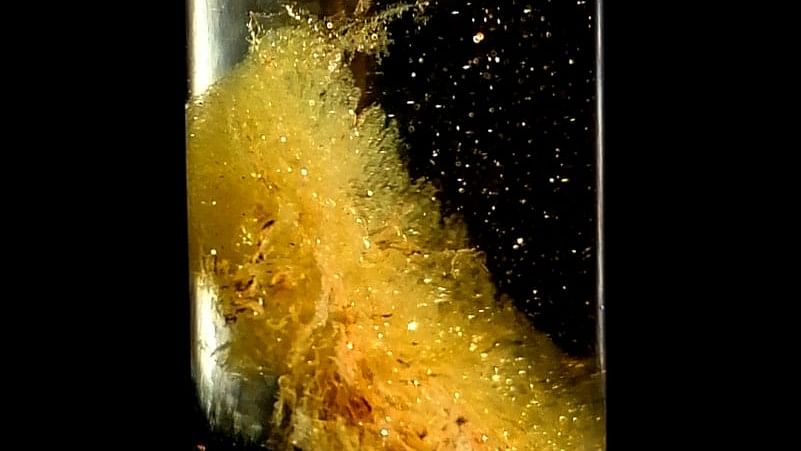
Researchers from Zurich have struck ‘gold’. They retrieved 450 mg of 22-carat gold from 20 discarded computer motherboards in an experiment with its roots in cheesemaking. Their results were published in the February edition of Advanced Materials.
They have joined a growing club of researchers mining gold from electronic waste.
The opportunity is clear. The world is running out of gold, and it is running over with used cell phones, laptops, and household appliances. According to a UN report, as much as 7 per cent of the world’s gold may currently be sitting in electronic scraps, with 100 times more gold in a tonne of e-waste than in a tonne of gold ore. Recycling precious metals will generate less carbon dioxide emissions than mining, argues the World Economic Forum.
That’s led to the new-age gold rush, in which researchers compete to develop energy-efficient, cheaper, and sustainable methods yielding the purest gold.
In New Zealand, Mint Innovation has put microbes on the job. Their recovery process uses 2 per cent of the power and water per kilogram of gold compared with conventional mined resources, the company website claims. Scientists from China and Europe have turned to cheap graphene products to extract 100 per cent gold selectively from the cocktail of copper, cobalt, silver, and other metals that go into gadgets. The Royal Mint, UK, has gone public with its plans to set up the world’s first plant to mine valuable metals from electronic refuse. It uses patented new chemistry is developed by Canadian startup Excir.
The researchers at ETH Zurich have found a way to use whey, a major byproduct generated during butter and cheese production. They denatured the whey proteins, which resulted in protein nanofibrils, which were set in a gel and then dried to form a sponge. They ionised the metals in the electronic motherboards by giving them an acid bath. The gold ions clung to the sponge when the protein fibre sponge was placed in the metal ion solution. They heated the sponge to extract gold flakes and melted these into a gold nugget.
Turning two waste products — electronic scraps and whey — into gold. That’s one fell swoop.